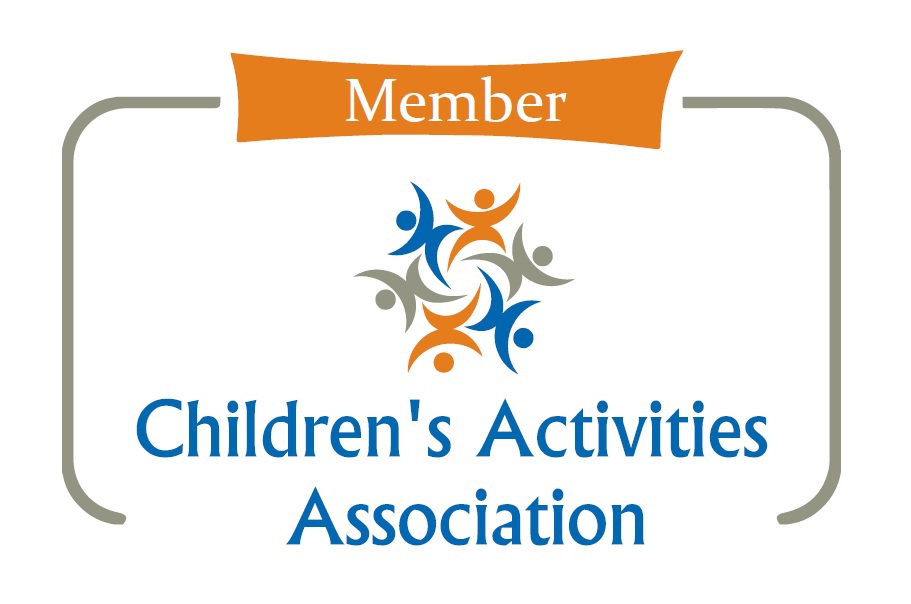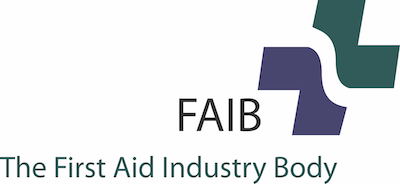Respondent CPR Knowledge
Findings
Findings from the survey of 763 participants revealed that 22.3% of respondents expressed a lack of knowledge on how to perform CPR (Cardiopulmonary Resuscitation).
Summary:
Out of the 763 participants surveyed, 660 were female, and 101 were male. Among the female respondents, 251 (38.03%) expressed a lack of knowledge on how to perform CPR. On the other hand, among the male respondents, 38 (37.62%) stated that they did not know how to perform CPR.
Gender disparity: The survey indicates that a higher percentage of female participants lacked knowledge of CPR compared to their male counterparts (38.03% vs. 37.62%). This suggests a need to address this knowledge gap and ensure that both genders have access to CPR education and training.
Overall lack of CPR knowledge: The survey findings reveal that a significant proportion (22.3%) of the entire surveyed population lacks knowledge of CPR. This highlights the importance of increasing public awareness and accessibility to CPR training programs to equip individuals with life-saving skills.
Importance of CPR education: CPR is a crucial skill that can significantly impact the chances of survival for individuals in cardiac arrest or those who have stopped breathing. The survey underscores the need for comprehensive CPR education initiatives to ensure that more people are prepared to respond effectively in emergency situations.
Targeted interventions: The survey results can inform the development of targeted interventions and educational campaigns aimed at improving CPR knowledge and skills, particularly among females who expressed a higher lack of confidence. By addressing specific barriers and providing accessible training opportunities, it is possible to increase the overall readiness of individuals to perform CPR and potentially save lives.
Conclusions
In conclusion, the survey highlights the need for widespread CPR education and training efforts to bridge the knowledge gap among both genders and equip individuals with the necessary skills to respond effectively during cardiac emergencies. By promoting CPR education, we can enhance the chances of survival and improve the overall emergency response in our communities.
This indicates that a significant portion of the surveyed population lacks familiarity with this life-saving technique. CPR is a critical skill used to revive individuals who have experienced cardiac arrest or stopped breathing. Given the importance of immediate intervention in such situations, these findings highlight the need for widespread CPR education and training programs to equip individuals with the necessary knowledge and skills to respond effectively in emergency scenarios. By increasing awareness and access to CPR training, we can potentially enhance the chances of survival for those in need of immediate medical assistance.
Knowledge of location of local defibrillator (AED)
Findings
In the survey of 763 participants, it was found that 59.6% of respondents did not know the location of their local defibrillator.
More specifically:
Out of the 763 participants surveyed, approximately 455 respondents (59.6%) were unaware of the whereabouts of their local defibrillator.
Lack of awareness: The survey reveals a significant lack of awareness among respondents regarding the location of their local defibrillator. This suggests that a majority of individuals may not be familiar with the presence or accessibility of this life-saving device in their communities.
Importance of defibrillator awareness: Defibrillators are crucial in providing immediate assistance to individuals experiencing cardiac emergencies. Knowledge of the defibrillator's location is essential to ensure its prompt use when needed. The survey results underscore the need for increased efforts to educate and inform the public about the availability and accessibility of defibrillators in their local areas.
Improving public access: Enhancing public access to defibrillators and raising awareness about their locations can significantly improve the chances of survival in cardiac emergencies. Community organisations, educational institutions, and healthcare providers can collaborate to implement initiatives that promote defibrillator awareness and training.
Training and education: Alongside raising awareness about defibrillator locations, providing training on how to use these devices should also be a priority. Basic life-saving skills and CPR training programs can equip individuals with the knowledge and confidence to effectively respond in emergency situations.
Conclusions
In conclusion, the survey highlights a concerning lack of awareness among respondents regarding the location of their local defibrillators. Efforts should be made to improve public access to defibrillators and increase awareness through education and training initiatives. By doing so, we can enhance the community's preparedness to respond to cardiac emergencies and potentially save more lives.
Recognising the signs of Stroke
Findings
In the survey of 763 participants, it was found that 87.7% of respondents believed they would be able to recognise the symptoms of someone having a stroke.
More specifically:
Out of the 763 participants surveyed, approximately 669 respondents (87.7%) expressed confidence in their ability to identify the symptoms of a stroke.
Positive impact of awareness campaigns: The high percentage of respondents (87.7%) who believed they would recognise stroke symptoms suggests that awareness campaigns and educational initiatives have been effective in disseminating information about stroke awareness. This indicates that efforts to raise public awareness about stroke symptoms have had a positive impact on a significant portion of the surveyed population.
Knowledge gap for some individuals: While the majority of respondents expressed confidence in recognising stroke symptoms, it is important to note that a portion of the surveyed population may still lack the necessary knowledge and awareness. The survey results highlight the existence of a knowledge gap among some individuals, indicating the need for further education and awareness campaigns to reach and educate those who may not be as well-informed.
Continuous need for education: The survey findings suggest that while awareness campaigns have been effective in raising overall awareness of stroke symptoms, there is still work to be done in reaching those who may not have received adequate information. Ongoing efforts to educate the public about the signs and symptoms of a stroke should be prioritised to ensure that more individuals are equipped with the knowledge to identify and respond to such medical emergencies.
Importance of early recognition: Stroke is a time-sensitive medical condition where prompt recognition and intervention can significantly impact outcomes. The survey results reinforce the significance of promoting awareness campaigns to ensure that more individuals can identify stroke symptoms accurately and seek immediate medical assistance.
Conclusions
The survey indicates that awareness campaigns have been successful in raising awareness about stroke symptoms for a significant portion of the surveyed population. However, there is still a knowledge gap among some individuals. This emphasises the need for continued efforts to educate the public, targeting those who may not be as aware, and emphasising the importance of early recognition and timely intervention in stroke cases. By addressing the knowledge gap and enhancing public awareness, we can further improve outcomes and potentially reduce the impact of stroke-related complications.
Symptoms of Sepsis
Findings
In the survey of 763 participants, it was found that 58.5% of respondents stated that they do not know the symptoms of sepsis.
More specifically:
Out of the 763 participants surveyed, approximately 446 respondents (58.5%) expressed a lack of knowledge regarding the symptoms of sepsis.
Lack of awareness about sepsis symptoms: The survey reveals a concerning lack of knowledge among the surveyed participants regarding the symptoms of sepsis. Sepsis is a life-threatening condition that requires immediate medical attention. The high percentage of respondents lacking knowledge about its symptoms highlights the need for improved education, training, and awareness campaigns to increase public understanding of sepsis.
Importance of training and education: Sepsis is a medical emergency where early recognition and prompt treatment can be crucial in saving lives. It is essential to educate individuals about the common symptoms of sepsis, such as fever, rapid breathing, elevated heart rate, confusion, and extreme fatigue. By providing training and education on sepsis awareness, both within the general population and among healthcare professionals, we can improve early detection and ensure timely intervention.
Enhancing public awareness: The survey results indicate the need for comprehensive awareness campaigns to bridge the knowledge gap surrounding sepsis symptoms. These campaigns can include public service announcements, educational materials, and community outreach programs. By increasing awareness about sepsis and its symptoms, individuals will be better equipped to recognize the condition and seek immediate medical attention, potentially saving lives.
Addressing the lack of knowledge about sepsis symptoms requires collaboration between healthcare providers and public health organisations. By working together, they can develop and implement targeted educational initiatives to raise awareness, provide resources, and ensure that accurate information reaches the public. Additionally, healthcare professionals should receive continuous training to improve sepsis detection and management within healthcare settings.
Conclusions
The survey findings indicate a significant knowledge gap among respondents regarding the symptoms of sepsis. Training, education, and awareness campaigns are necessary to improve public understanding of sepsis and enhance early recognition and treatment. By increasing awareness about sepsis symptoms and promoting knowledge dissemination, we can potentially reduce the impact of sepsis and improve patient outcomes.
Overall Survey Conclusions
In summary, the survey highlights the need for widespread CPR education and
training efforts to bridge the knowledge gap among both genders and equip
individuals with the necessary skills to respond effectively during cardiac
emergencies. Efforts should also be made to improve public access to
defibrillators and increase awareness about their location coupled with a broad
skills program of defibrillator use.
Additionally, there is a need for continued education and awareness
campaigns to improve recognition and timely intervention in stroke cases.
Finally, training, education, and awareness initiatives are necessary to
improve public understanding of sepsis symptoms and enhance early recognition
and treatment. By addressing these gaps and fostering a culture of
preparedness, we can improve outcomes and potentially save more lives in
medical emergencies.
Appendices
The survey questionnaire:













